
Jill Lowe Facts and Froth


Jill Lowe Facts and Froth
Approximately 10% of the population are left handed and except for areas such as stick sports (golf, ice-hockey, lacrosse), by and large left handers must adapt to the world of the right hander.
Some right handed people may ask why that would be an issue, only serving to emphasise the need for illuminating the plight of the left hander in a special day to be observed this month. International Left Handers Day is an international day observed annually on August 13th to celebrate the uniqueness and differences of left handed individuals. First observed in 1976 by Dean R. Campbell, it was established to raise awareness about the challenges and experiences faced by left-handed individuals in a predominantly right-handed world.

From the outset the left hander is battling deep historic cultural negative perspectives. In looking at the origin of the word we find the English word left comes from the Anglosaxon word lyft which means weak or useless.
The French word for left, gauche is also used to mean socially awkward or useless.
The Latin word meaning left is sinistra (from which the english word sinister is derived.)
Similarly in many cultures the word for right also means correct.

What are some familiar terms for lefthanders (including derogatory ones)?
The mollydooker is a 1940’s Australian slang word for a left hander. Other words are cackyhanded, southpaw, ham-handed, clumsy, gauche and sinister.
The term laterality refers to the preference most humans show for one side of their body over the other.
If a person is forced to use the hand opposite of the hand that they would naturally use, this is known as forced laterality, or forced dextrality. Studies suggest the percentage of left-handed people decreases with the higher age groups, partly because the prevalence of such pressure to use the right hand has decreased dramatically such that fewer members of younger generations face any such pressure to begin with.
Most humans are right handed for reasons that are not fully understood. Further, it is known that each cerebral hemisphere controls much of the opposite side of the body. But certain functions - for example speech and language, are situated largely in the left hemisphere. However, continued research is occuring so there may be updated results as research findings emerge.
The 2010 film The King's Speech portrays King George VI's struggle with stuttering (also known as stammering.) One factor suggested as contributing to the severity of King George VI's stutter was the historical belief in the early twentieth century, that forced dextrality could be linked to stuttering. While this theory is largely outdated in modern speech pathology, it was a prevalent concern during the historical period depicted in the film.
More recently I hear that continued research connecting forced dextrality to stuttering is occurring, even though in developed countries this practice is extremely low.
Ambidexterity is when a person has approximately equal skill (can be equally good or equally poor) with both hands and/or both sides of the body, although true ambidexterity is very rare.
Handedness is defined as the preferred hand or manual preference for a motor activity such as writing, sewing, or throwing a ball. The published research on handedness is vast and often contradictory.
In human biology, handedness is an individual's preferential use of one hand , known as the dominant hand, due to and causing it to be stronger, faster or more dextrous. In some cases the term dominance is used to refer to the dominant cerebral hemisphere for an individual.
Dominance in ears and eyes are also measured. In general the dominant ear may be the same as preferred hand.
Eye dominance for the vast majority of people is a mere curiosity but for playing some sports requiring focus, or taking photos, knowing which eye is dominant may be helpful. This often overloked trait can be tested here.
This simple (but maybe unreliable) test you can do is without props:
• Form a triangle with both hands with arms and fully extended in front of you.
• Look through your triangle at a distance object, like a clock or a door knob.
• Close one eye and then the other, and take note of the object’s position.
• The object will stay centered with your dominant eye open.


There are some left handers who use the left hand for only specific tasks eg writing and sewing and can use devices designed for right handers. But there are lefties not able to use those tools and some items may be surprising.
Some “left” equipment is known. For example golf equipment suppliers and golf clubs know that there are golfers who need left clubs. This is known and likely you will have friends who use such. Likewise hockey sticks are available for the left handed.

But what about scissors?
For the left hander, cutting with standard scissors is nigh on impossible, and they need to purchase left handed scissors.
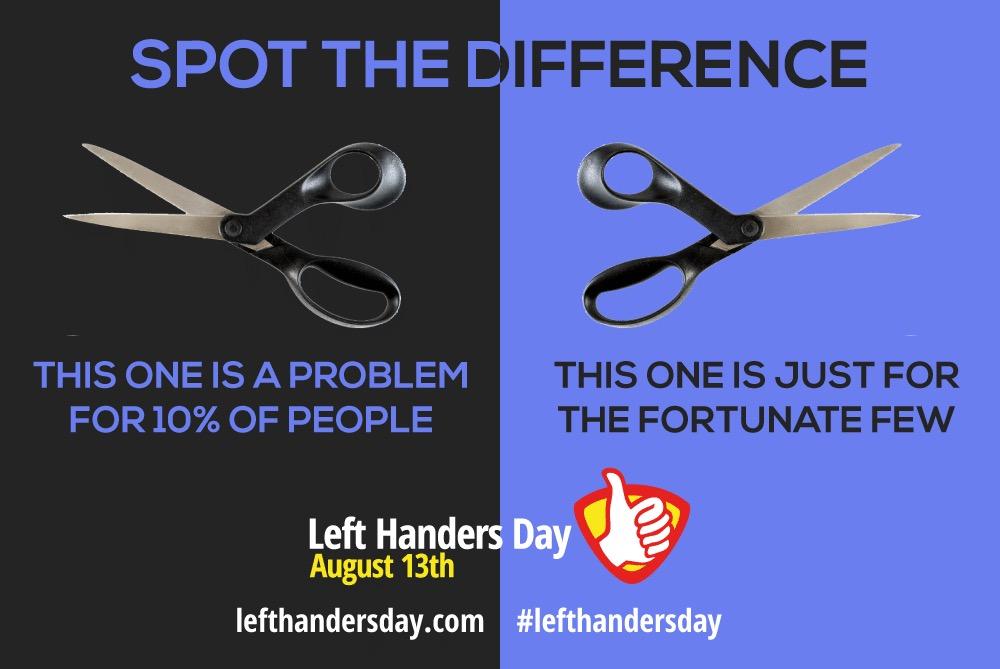


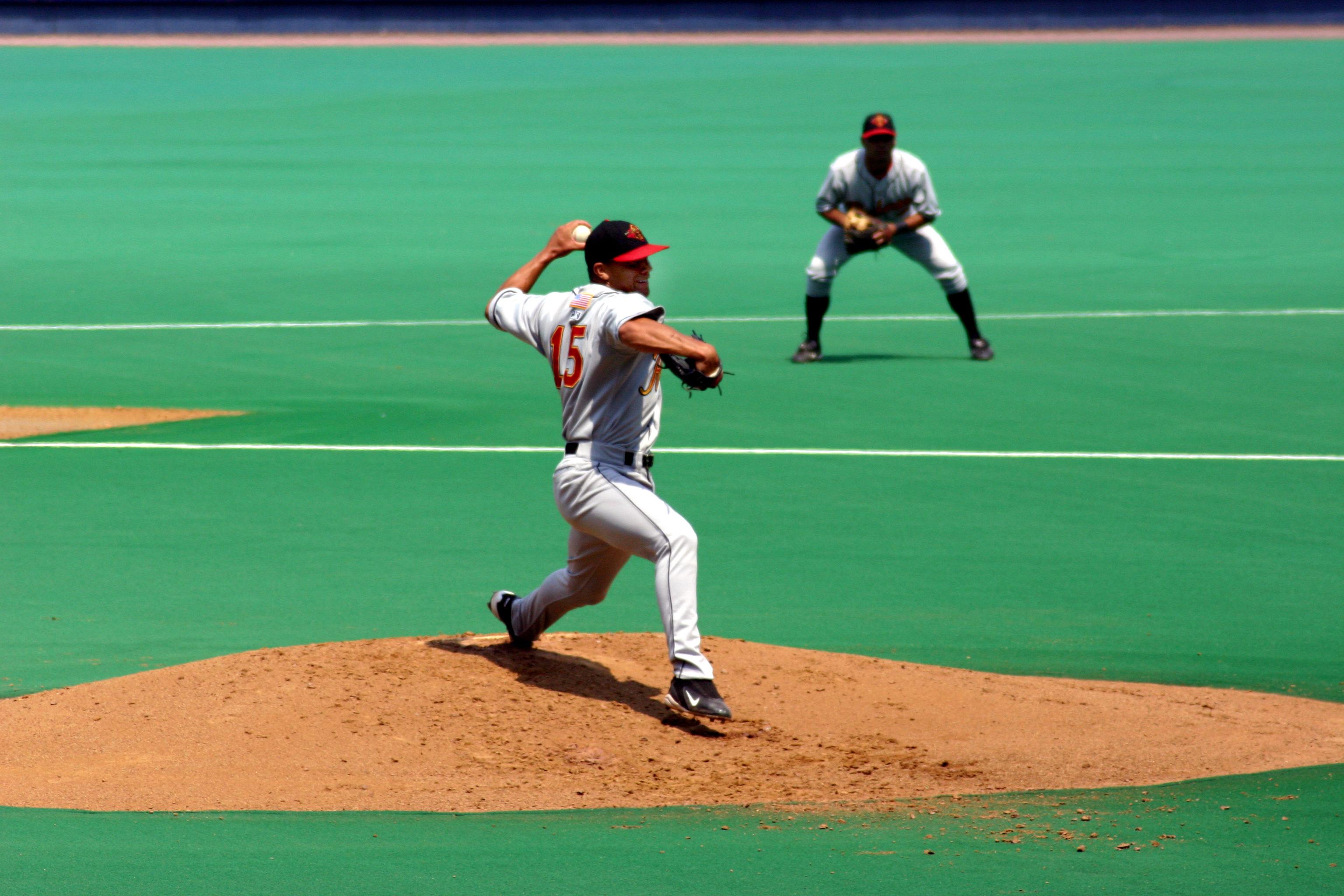
Pitching left handed requires no special equipment, but baseball club managers often bring in right or left handed pitchers depending on the handedness of the next batters. Left-handed batters often have an advantage against right-handed pitchers due to factors like the pitcher's release point and the break of pitches, while right-handed batters may have a similar advantage against left-handed pitchers. This is why ambidextrous ball players are perceived to have an advantage in that they can choose which side of home plate to set up on depending on the pitcher’s handedness.
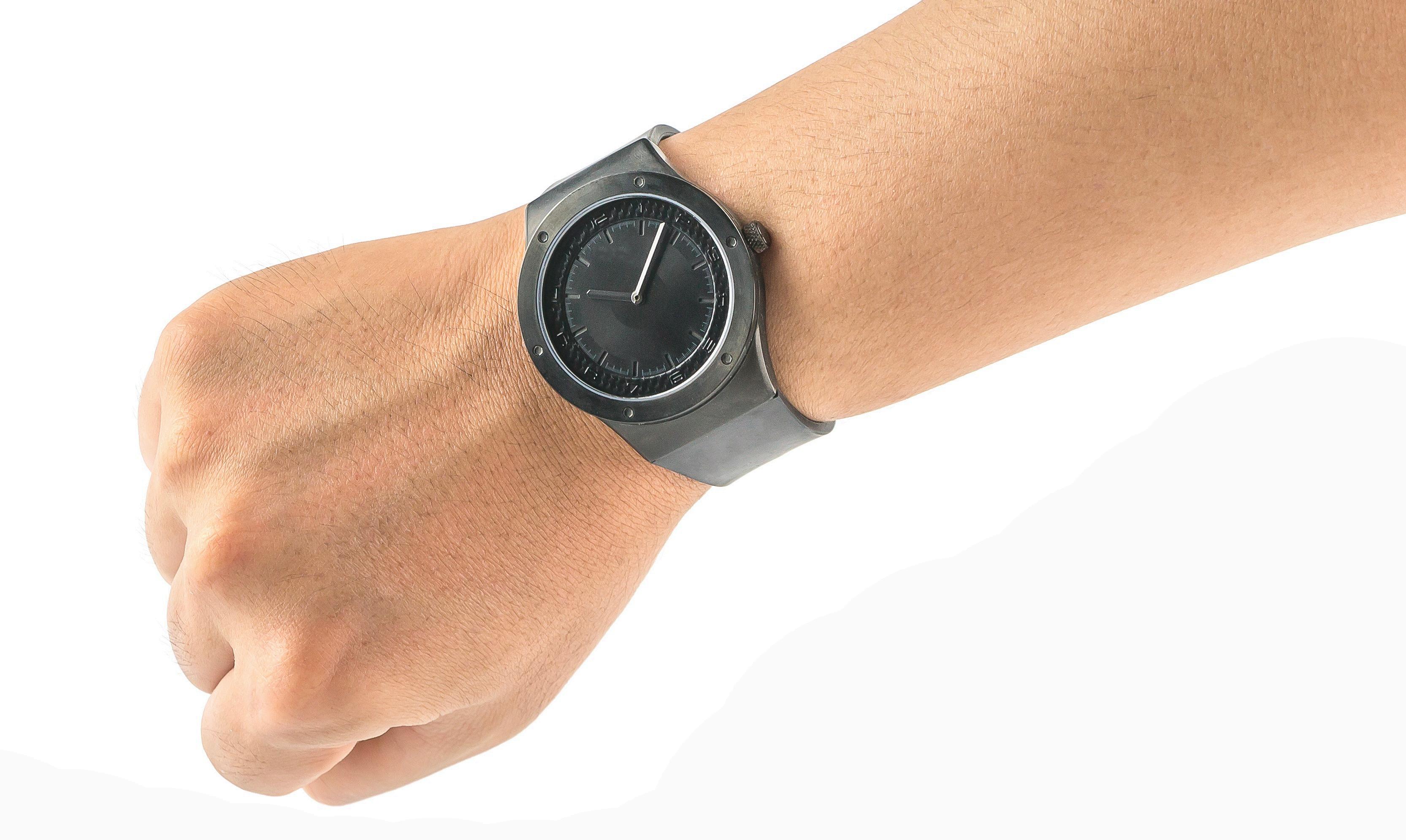

Left handedness is fodder for jokes, cartoons and sayings.
Usng a can-opener can present difficulty. An easier option is a left handed opener.

Many righthanders have never heard of any difficulty with playing cards. This is an area which is more easy to adapt and to not make a fuss. This of course is is not worth activism in the realm of saving the environment, by eliminating plastic straws!
However MOST playing cards have the numbers on top left corner and bottom right corner such what when fanned by a right hander all values are visible. BUT when fanned by a left hander, no values are visible except 1 card. The below photos illustrate the situation.
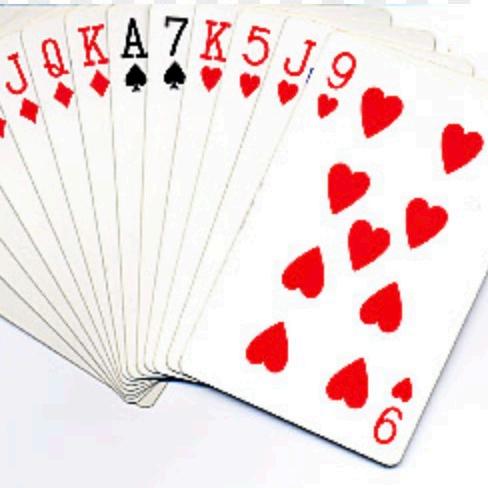


To accommodate left handers as well as right handers, look for "4 pip" or "4 corner" playing cards to suit everybody.
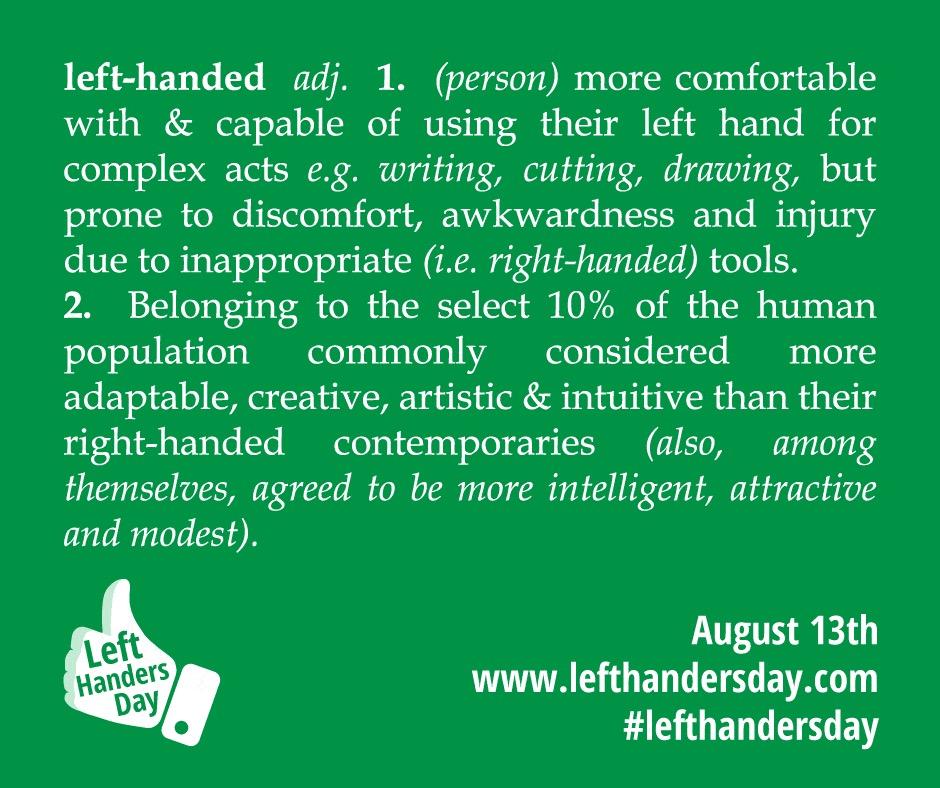
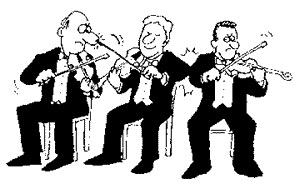
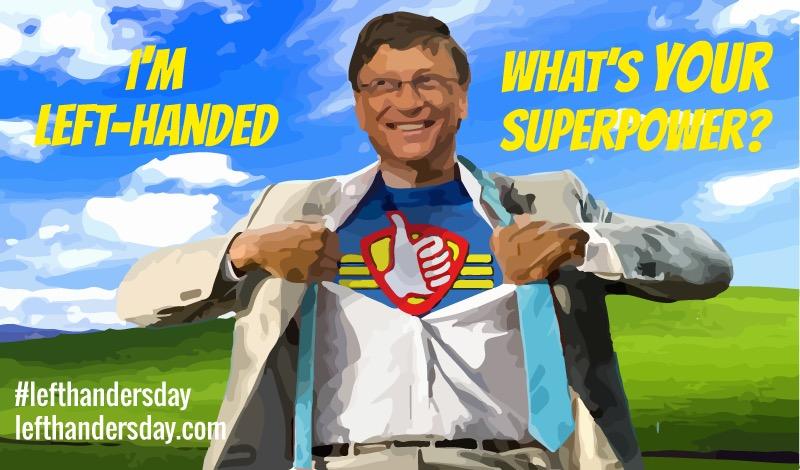
Some left handers you may know



Even though 90% of the polulation is right handed, those left handers among us will appreciate some understanding or thought for some of the challenges faced by left handers.
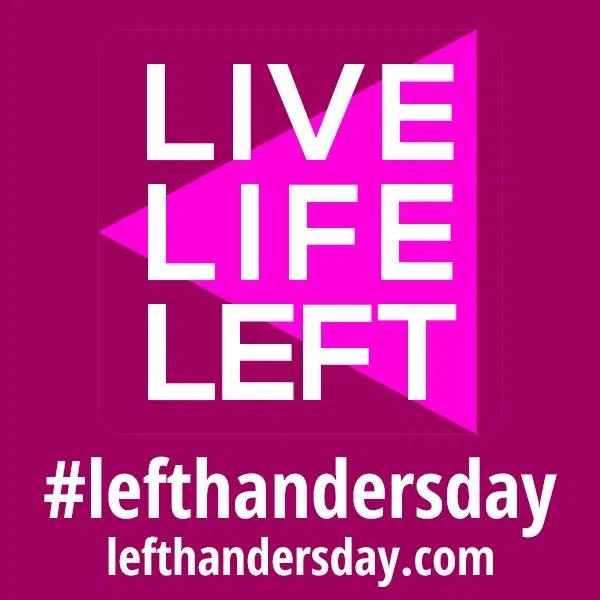
Notes and Links: